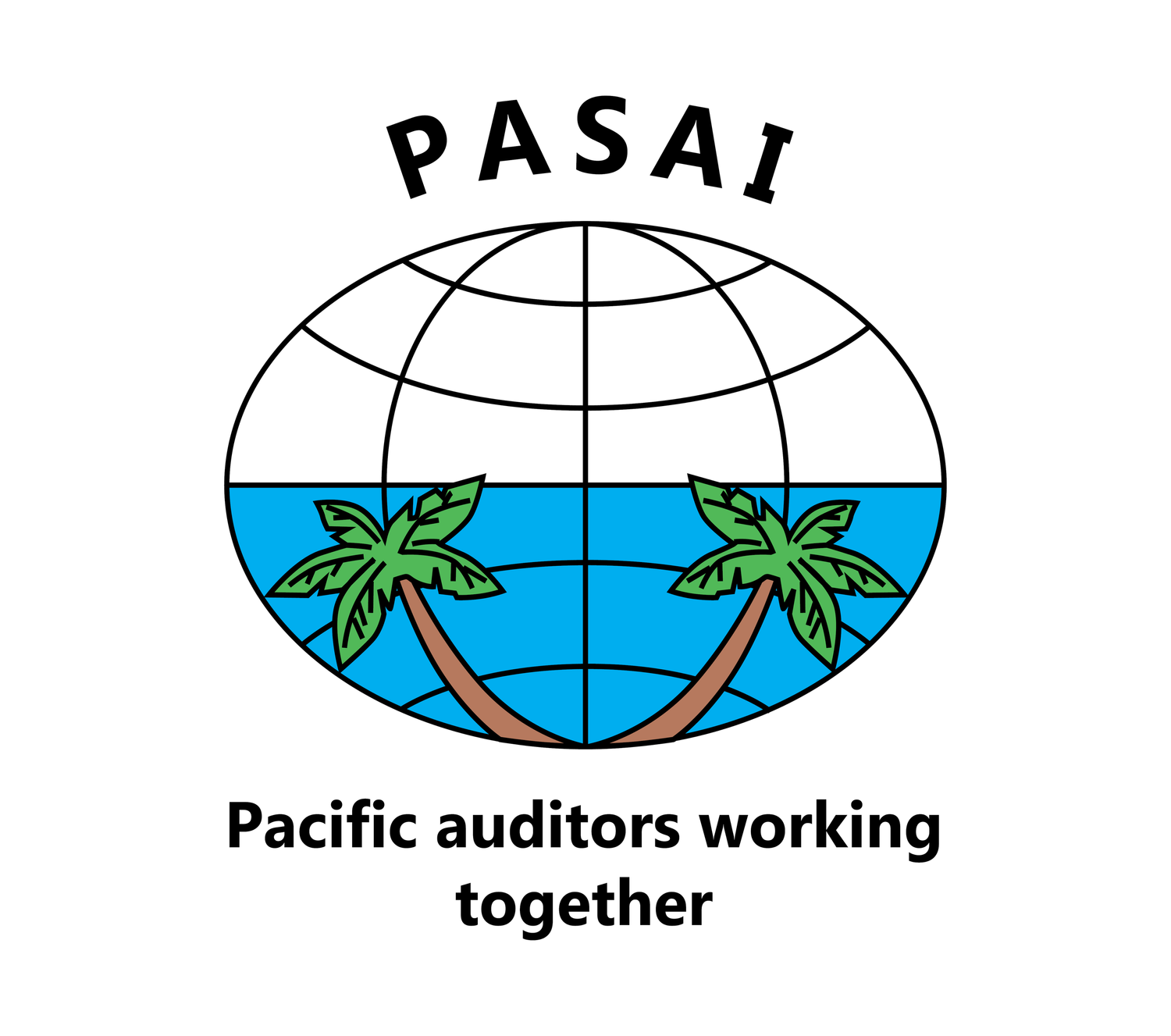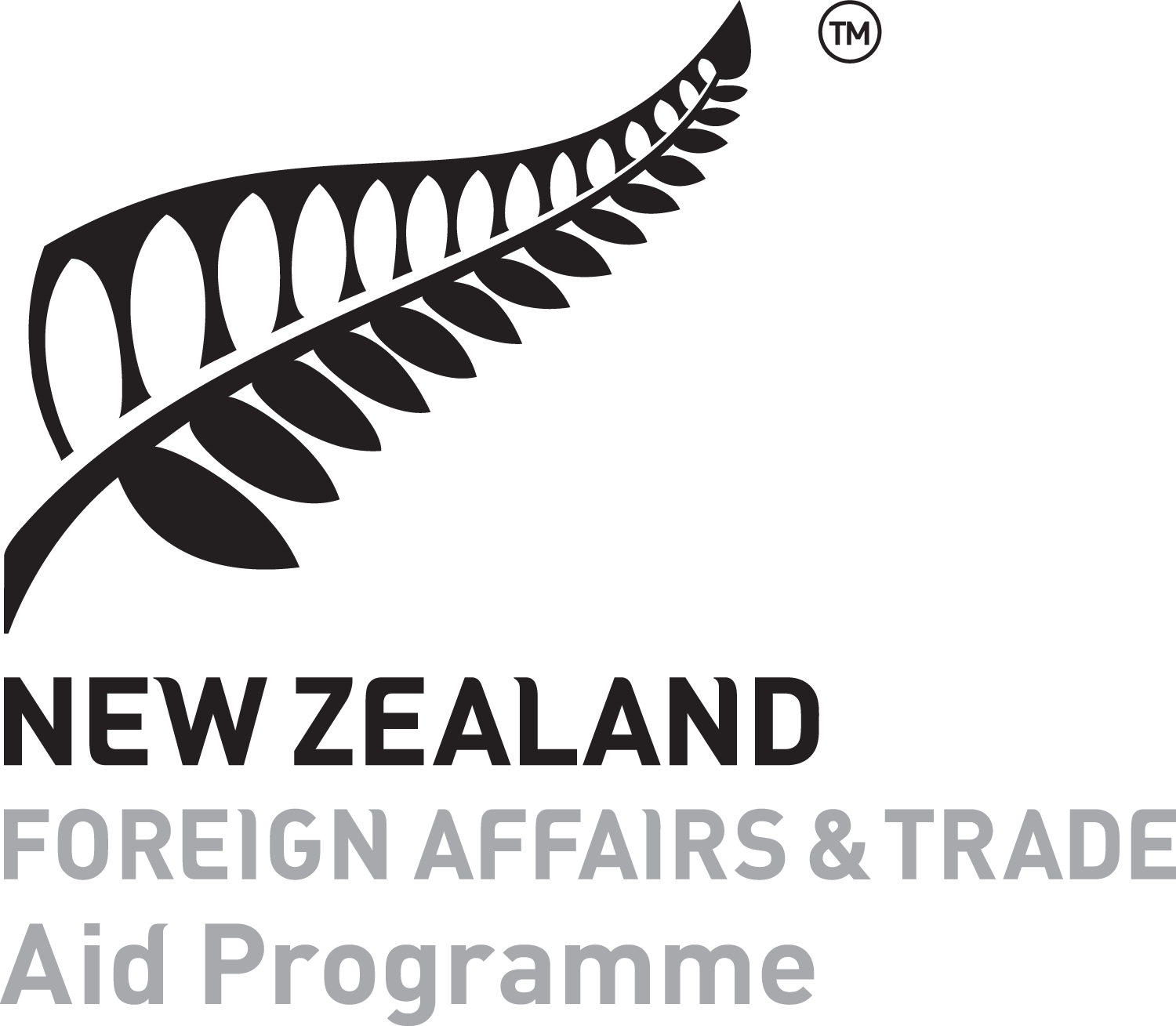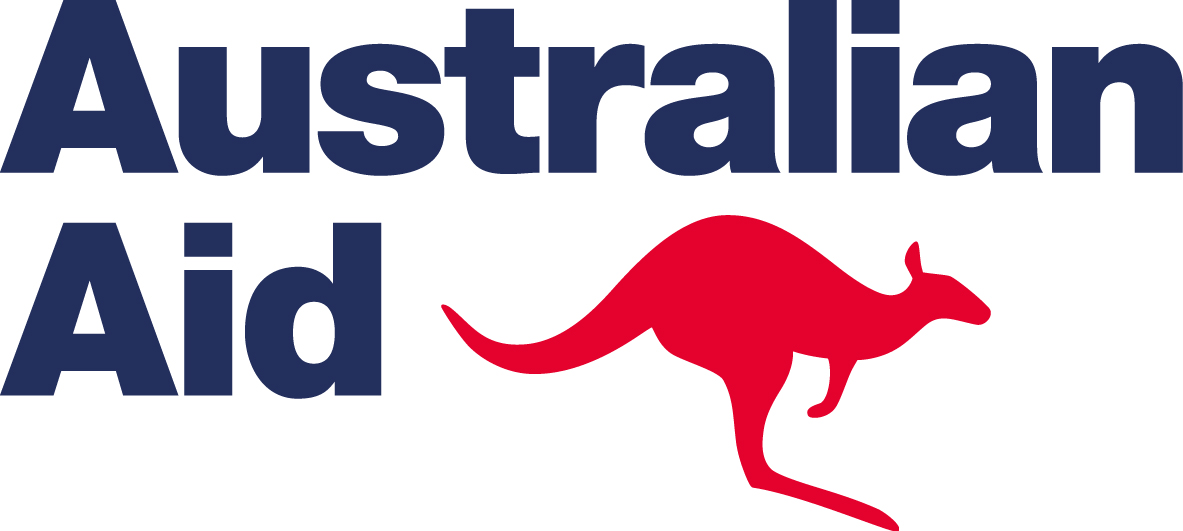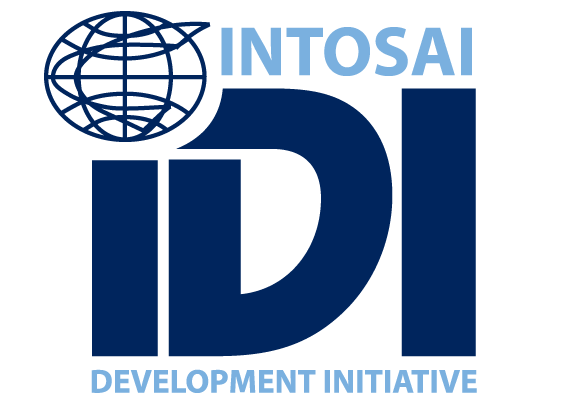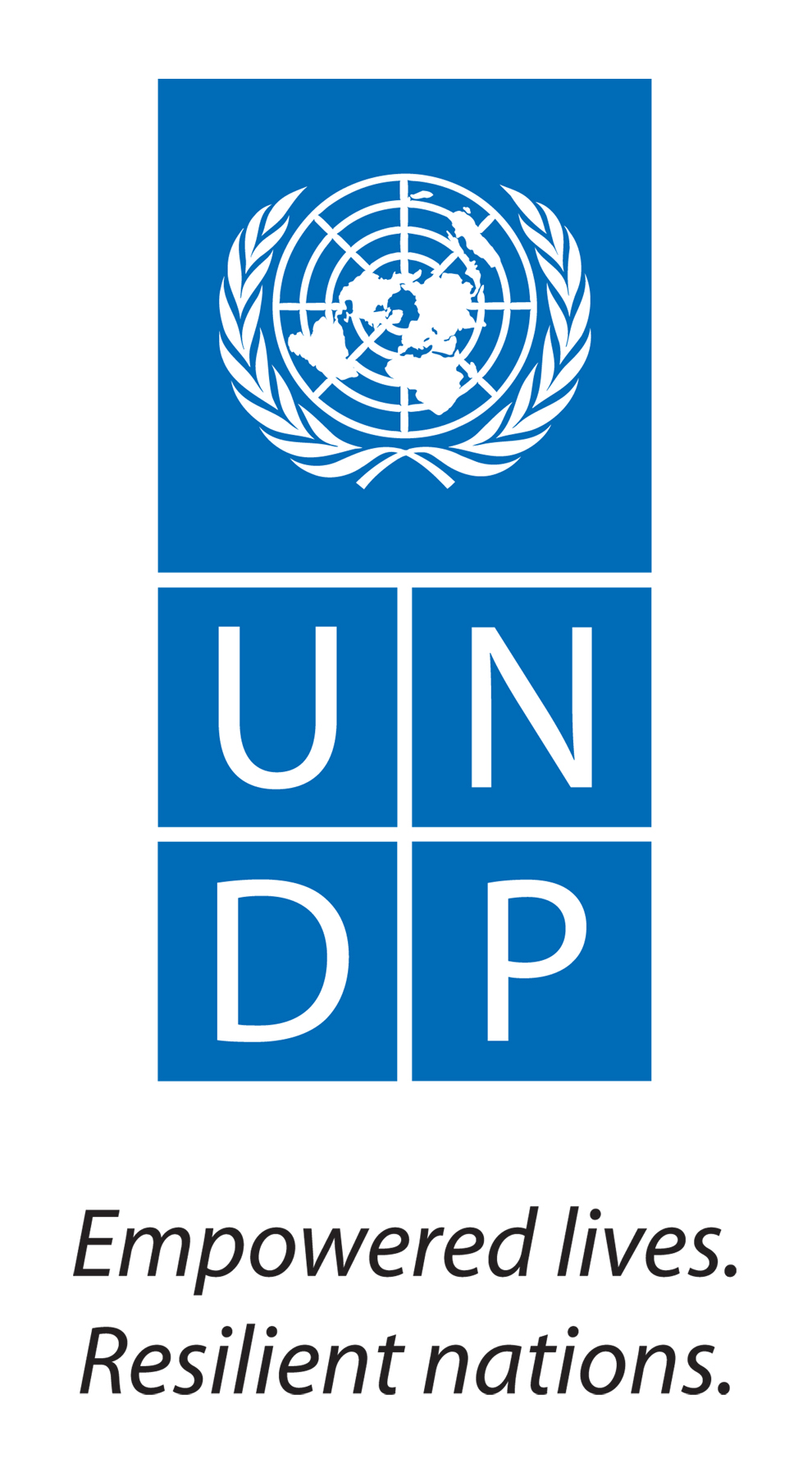By Tiofilusi Tiueti, Director – Technical Support, PASAI
The audit of Financial Statements of Government (FSGs) [1] is a public mandate bestowed by citizens upon supreme audit institutions (SAIs) through audit and/or Public Financial Management (PFM) legislation.
The mandate designates citizens’ trust in SAIs to provide assurance on government accountability reports and how it has used public resources.
SAIs must honour citizens’ trust.
FSGs audited in a timely manner to recognised high standards by SAIs are fundamental to holding governments and public entities accountable through oversight by the legislature.
Timeliness
About 80 per cent of Pacific SAIs completed the FSG audit within their respective statutory timelines. Four SAIs still have an FSG audit backlog. We are providing SAI-level support ensuring these audits are carried out promptly and within ISSAIs [2]. Some factors contributing to these backlogs include the delay of preparing financial statements by the Ministry/Department of Finance, the delay in responding to the audit queries, and the delay in finalising audit adjustments and signing the accounts.
We have arranged consultants to work closely with the FSG audit teams in improving audit methodology, advise on audit practice and documentation, review audit work papers, conduct team-building and enhance communications with its Ministry of Finance etc.
With continuing support, all FSG audits should be up to date by 2024.
Citizens expect that SAIs will complete FSG audits in a timely manner.
Quality
Achieving quality audits of FSGs is central among our strategic priorities. There has always been a commitment to ensuring member SAIs improve the quality of public sector auditing in the Pacific to comply with international auditing standards. SAI Performance Measurement Framework (PMF) results show that 44 per cent of SAIs assessed had low scores in audit quality for financial audit indicating more work is needed in this area. Some of the measures a SAI needs to consider to achieve high-quality audits and compliance with international audit standards include but are not limited to:
Audit manual
PASAI has published a manual for financial audit. Some SAIs have their own customised manuals. Using manuals are important to achieve uniformly high quality audits in line with international audit standards.
Established quality control and quality assurance systems with internal reviews
Having quality control and quality assurance systems with regular internal reviews confirm the consistent application of international audit standards to each audit project.
Periodical external reviews of audit practice
PASAI and the IDI [3] are conducting a SAI-level support programme to enable a SAI to conduct an FSG audit based on ISSAIs for financial audit. The SAIs will go through a workshops with the project team to refine their audit methodologies. It includes a quality assurance component to not only review the audit but to train SAI staff to do quality assurance reviews. External reviews will add value by confirming the consistent application of the international auditing standards to the work of a SAI.
Continuous training of auditors
Public auditors must have continuous training to ensure up-to-date knowledge and skills in auditing.
Achieving quality audits will also require a confident SAI decision and the boldness to take consistent steps through a systematic process and procedures. PASAI is keen to support and work with SAIs to achieve this.
Citizens expect that SAIs will conduct high-quality FSG audits.
Achieving FSG audit impact
Timely, high-quality FSG audits provide transparency and accountability of government spending of taxpayers’ money.
Some of the issues affecting the impact of FSG audits include the delay in preparing these reports, the delay in their submission to parliament, a delay or reluctance to publish them and the public and/or parliamentarians not understanding the reports.
FSG reports and audits are relevant when they are timely, high-quality and communicated effectively.
For these audit reports to have an impact, they must inspire action where needed and trust where deserved. A well crafted report should be only one component of an audit ‘project’, which may also include a media release, social media content, preparation for press appearances and even recent innovations like interactive website dashboards.
SAIs need good communication plans to truly create FSG audit impact. SAIs should also celebrate successes to show how they make a difference to the lives of citizens.
This will help improve public trust in government and public institutions. Citizens’ trust in SAIs to conduct FSG audits is certainly a necessary precursor.
Achieving that, SAIs honour citizens’ trust.
What’s next?
Future topics in our series include:
eLearning
The impact of SAI PMF reports
We welcome feedback and look forward to hearing about your areas of interest. Please email secretariat@pasai.org.
Footnotes
[1] FSG audits are also known as Whole of Government (WoG), Public Accounts (PA) or Single Account (SA) audits.
[2] International Standards of Supreme Audit Institutions
[3] The INTOSAI Development Initiative
The Pacific Association of Supreme Audit Institutions (PASAI) is the official association of supreme audit institutions (SAIs) in the Pacific region, promoting transparent, accountable, effective and efficient use of public sector resources in the Pacific. It contributes to that goal by helping its member SAIs improve the quality of public sector auditing in the Pacific to recognised high standards. Our blog includes topics that may help auditors think about some implications to service delivery because of the global coronavirus pandemic (COVID-19).

